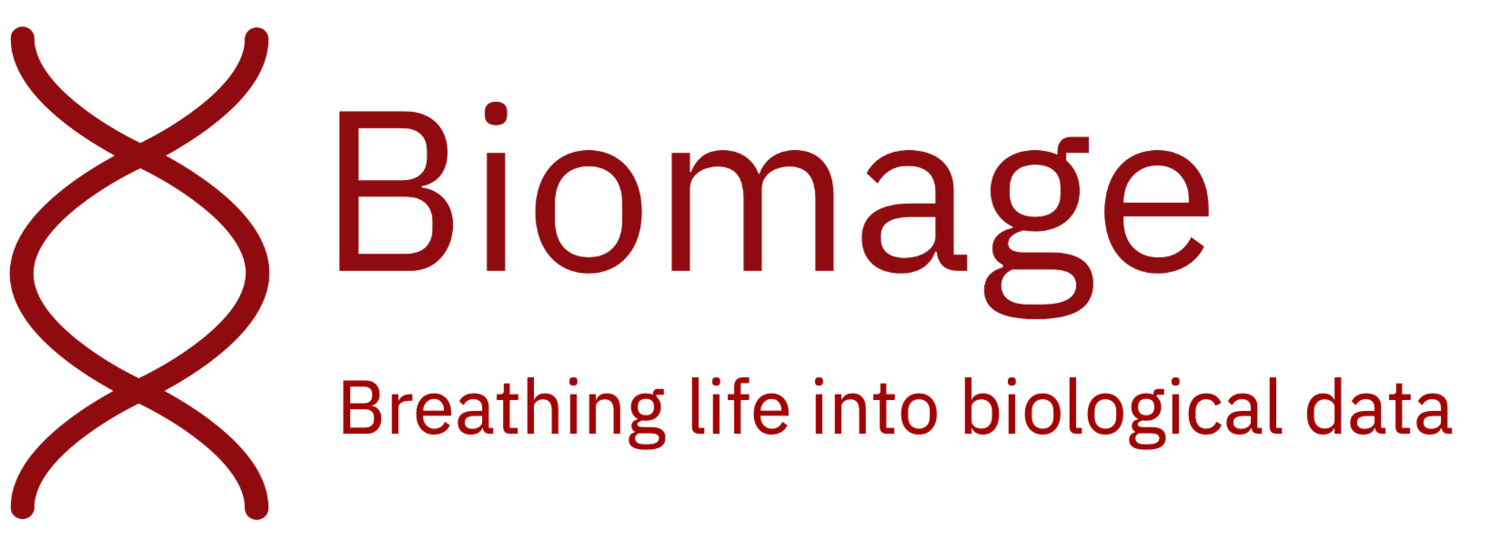Cellenics® now supports data generated using BD Rhapsody™ technology
BD Rhapsody™ is a cutting-edge single-cell technology developed by BD Biosciences, a leading provider of innovative medical technologies. The BD Rhapsody™ platform is a powerful tool that enables researchers to study cellular heterogeneity, identify rare cell populations, and gain a more comprehensive understanding of biological systems. With its modular design, high-throughput capabilities, and ability to perform both RNA and protein analysis from the same cell, the BD Rhapsody™ platform is poised to revolutionize the field of single-cell analysis and speed up the pace of scientific discovery.
The BD Rhapsody™ platform is able to perform high-throughput single-cell RNA sequencing (scRNA-seq), allowing researchers to analyze tens of thousands of cells in a single experiment. The BD Rhapsody™ platform consists of several components, including the BD Rhapsody Single-Cell Analysis System, which uses microfluidics to isolate single cells and barcode them for unique identification. The BD Rhapsody™ system also allows researchers to customize their experimental setup to meet their specific research needs. The system is compatible with a variety of sample types, including fresh and frozen tissues, as well as cell lines and sorted cells.
Microwell-based single-cell partitioning in BD Rhapsody™ system. © 2023 BD
As of recently, users of the Biomage-hosted community instance of Cellenics® can upload files generated by the BD Rhapsody™ technology and perform secondary scRNA-seq data analysis and visualization!
The BD Rhapsody™ platform produces several types of files during the scRNA-seq workflow. These files contain valuable information about the sequencing run, the individual cells that were analyzed, and the gene expression data that was generated. Cellenics® accepts data in the expression_data.st or expression_data.st.gz formats!
These files contain the gene expression data for each individual cell. This data is typically output as a sparse matrix, where each row corresponds to a gene and each column corresponds to a single cell. The values in the matrix represent the number of reads that were aligned to each gene for each cell, providing a measure of gene expression for each cell. These gene expression matrices can be used for downstream data analysis, such as clustering cells based on gene expression patterns or identifying differentially expressed genes between cell types.
How to upload files generated by BD Rhapsody™ platform to the Biomage-hosted community instance of Cellenics®?
The Biomage-hosted community instance of Cellenics® is available at: https://scp.biomage.net/
You can upload project data in the Data Management module. For each sample, upload a folder containing an expression_data.st or expression_data.st.gz file. The folder's name will be used to name the sample in it. You can change this name later. Note, that the folder with Multiplet and Undetermined cells should not be uploaded since it would distort the analysis.
Add samples to the new project by clicking on the “Add Samples” button.
The file upload modal will then appear. Change the technology used from 10x Chromium to BD Rhapsody in the drop-down menu. To add the samples, drag and drop the sample folders.
Files selected for upload will show up in the modal. You can remove unwanted files using the delete icon that appears next to each file. Click “Upload” to start the upload process. Note that multiple samples can be uploaded at the same time.
If you have AbSeq data, it is filtered out by default. After clicking upload, you can check the box to include the AbSeq data. Support for AbSeq is currently for visualization purposes only, as experiment-wide normalization will be slightly skewed. In case there is AbSeq data in your experiment, we suggest you create two projects; one including AbSeq data and one without, and compare the results.
The files will be compressed (if not yet so) before uploading. You can see the status of the upload for each file from the upload bar. Files that are getting compressed appear in orange. Successfully uploaded files appear in green. Files that fail to upload will show in red. Examples of these file upload statuses are shown below:
You can click on the “Uploaded” or “Upload error” text of the specific sample to see the details of the file. In the case of a successful upload, you will be able to download or replace the file. In case of a failed upload, the modal will show options to retry the upload or replace the file. An example of successful upload is show below:
After uploading sample files, click "Process project" to start your analysis!
We are happy to assist you with any questions you may have regarding the scRNA-seq analysis of BD Rhapsody data - get in touch via the community forum (https://community.biomage.net/).








